Creating the perfect home audio setup involves more than just purchasing high-quality speakers. The way you position your speakers within a room can dramatically impact sound quality, immersion, and overall listening experience. Whether you're setting up a stereo pair, a surround sound system, or a simple bookshelf speaker arrangement, understanding the fundamentals of speaker placement will help you achieve optimal performance.
Room Acoustics and Speaker Placement
Before diving into specific speaker arrangements, it's essential to consider the acoustics of your room. Hard surfaces like wood floors and glass windows can cause sound reflections, leading to unwanted echoes or a hollow sound. Soft furnishings, such as carpets and curtains, help absorb excess high frequencies, creating a more balanced audio environment. The shape and size of the room also play a crucial role—square rooms often produce standing waves that can muddy bass response, while irregularly shaped rooms may disperse sound unevenly.
Positioning your speakers away from walls and corners can minimize bass buildup, which often results in a boomy or muffled sound. If your speakers must be placed near a wall, consider models with front-firing bass ports or use bass traps to control low-frequency resonance. Experimentation is key; small adjustments in placement can lead to significant improvements in clarity and soundstage.
Stereo Speaker Setup
A well-configured stereo system provides a wide soundstage, allowing instruments and vocals to occupy distinct positions within the audio landscape. For the best results, place your left and right speakers at ear level when seated, forming an equilateral triangle with your primary listening position. The distance between the speakers should roughly match the distance from each speaker to your ears, ensuring a coherent and focused sound image.
Toe-in—angling the speakers slightly inward toward the listener—can enhance high-frequency detail and center imaging. However, excessive toe-in may narrow the soundstage, so adjustments should be made based on personal preference and room characteristics. If your speakers have rear-firing ports, maintaining a gap of at least a foot between the speaker and the wall will help prevent bass distortion.
Surround Sound Configuration
For home theater enthusiasts, a surround sound system delivers an immersive audio experience that complements high-definition visuals. A standard 5.1 setup includes front left and right speakers, a center channel, rear surrounds, and a subwoofer. The front speakers should follow the same principles as a stereo pair, while the center channel—responsible for dialogue—should be placed either above or below the TV, aligned with the screen's midpoint.
The rear surround speakers work best when positioned slightly behind the primary seating area, elevated to ear level or slightly higher. A 7.1 system adds side surrounds, which should be placed at a 90- to 110-degree angle from the listening position. The subwoofer, handling low-frequency effects, is less directional and can be placed in various locations, though corner placement often maximizes bass output.
Bookshelf and Floor-Standing Speakers
Bookshelf speakers are versatile and can be placed on stands, shelves, or desks. When using stands, ensure they are sturdy and at the correct height—tweeters should align with the listener's ears. Avoid placing bookshelf speakers too close to walls unless they are designed for such placement. Floor-standing speakers, on the other hand, often have built-in stability and should be positioned with enough space around them to allow sound to disperse naturally.
Both types benefit from isolation pads or spikes, which reduce vibrations transmitted to surfaces and improve clarity. If your speakers have adjustable feet or spikes, use them to fine-tune their stability and minimize resonance. Additionally, ensure that no large obstacles block the path between the speakers and the listening area, as this can disrupt sound projection.
Final Adjustments and Listening Tests
Once your speakers are in place, fine-tuning is necessary to achieve the best possible sound. Use a variety of music tracks and movie scenes to test different frequencies and sound effects. Pay attention to stereo imaging—can you pinpoint the location of instruments? Is dialogue clear and centered? Does bass feel tight and controlled, or does it overwhelm other frequencies?
Room correction software, available in many AV receivers, can help automate some of these adjustments by analyzing speaker output and compensating for acoustic imperfections. However, manual tweaking based on your listening preferences often yields the most satisfying results. Remember that speaker placement is both a science and an art—trust your ears and make adjustments until the sound feels just right.

By /Aug 5, 2025
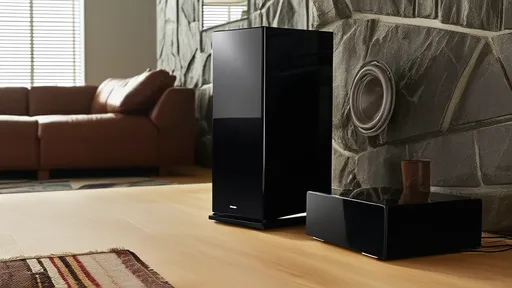
By /Aug 5, 2025
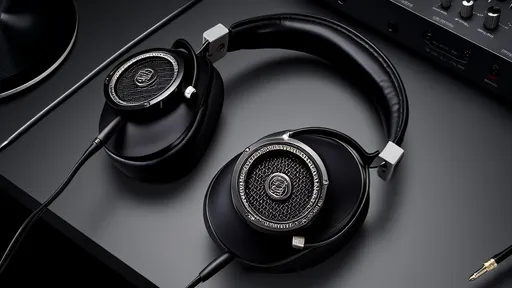
By /Aug 5, 2025
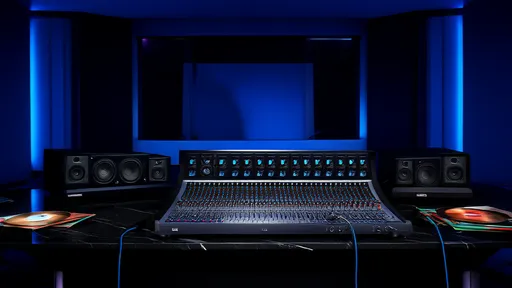
By /Aug 5, 2025

By /Aug 5, 2025

By /Aug 5, 2025

By /Aug 5, 2025
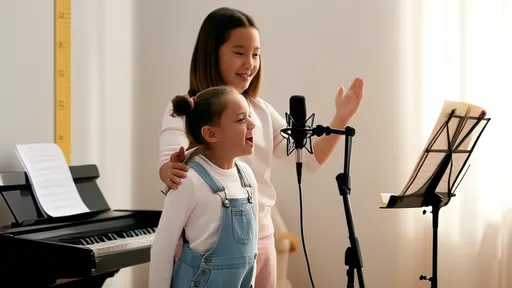
By /Aug 5, 2025

By /Aug 5, 2025

By /Aug 5, 2025

By /Aug 5, 2025

By /Aug 5, 2025

By /Aug 5, 2025

By /Aug 5, 2025

By /Aug 5, 2025
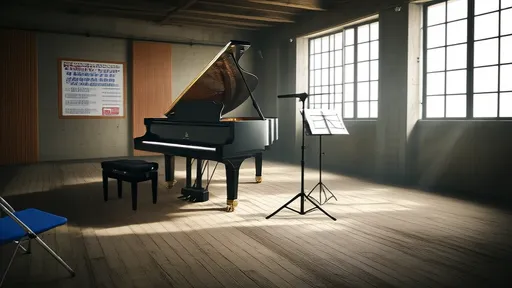
By /Aug 5, 2025

By /Aug 5, 2025

By /Aug 5, 2025

By /Aug 5, 2025

By /Aug 5, 2025